A massive asteroid named 2024 YR4, initially flagged as a near-Earth threat, is now predicted to have a 4.3% chance of striking the Moon in late July. While Earth may be safe from direct impact, experts warn that a lunar collision could send debris flying into orbit, potentially damaging satellites, disrupting communications, and threatening critical space infrastructure.
🌕 An Unsettling Turn of Events in Space
A new cosmic threat is hurtling through space, and while it may not collide directly with Earth, its destination is causing serious concern. A large asteroid, recently designated 2024 YR4, is now heading toward the Moon, and scientists are sounding the alarm over the potential aftermath. The concern is not just about the lunar impact itself — but the ripple effect it could cause here on Earth, especially for our satellites and space infrastructure.
What was once seen as just another object in space has taken a turn into potential chaos. The asteroid has been labeled by researchers as a “city-killer”, not because it will strike a metropolis on Earth, but because its destructive potential could still be felt here indirectly. This isn’t science fiction — it’s a developing space event unfolding in real time, with real consequences.
🚨 From Near-Earth Threat to Lunar Menace
Initially, when 2024 YR4 was first detected in late December 2024 by sky survey telescopes in Chile and Hawaii, the primary concern was whether it could collide with Earth. The asteroid measures between 40 to 90 meters in diameter — roughly the size of a 10-story building. If it had hit Earth directly, it could have released energy comparable to multiple nuclear bombs, enough to flatten a large city.
However, after further calculations and trajectory updates by NASA and international observatories, the risk of an Earth impact was ruled out. The asteroid's path was refined using advanced tracking tools and deep-space telescope readings. Now, the new projection shows a 4.3% chance that it could slam into the Moon in December 2032.
That might sound like a relief, but the new target raises an entirely different set of concerns.
🛰️ Lunar Impact Could Trigger Earth-Orbit Chaos
Why does a lunar impact matter? It’s simple: the Moon’s orbit is closely connected to many of our technological systems. While Earth itself may not take a direct hit, the shock of the collision could generate millions of kilograms of high-speed lunar debris. This debris wouldn’t just vanish into space. Some of it could enter low-Earth orbit, threatening thousands of active satellites, telecommunication systems, GPS services, and even space missions like the International Space Station and upcoming lunar projects.
The Moon lacks an atmosphere to absorb or slow down incoming objects. If 2024 YR4 strikes the lunar surface, the resulting explosion could create a crater nearly 1 kilometer wide and spray debris thousands of kilometers away. Depending on the speed and angle, some fragments could get caught in Earth’s gravity, pulling them into orbit.
According to preliminary models, up to 10% of the debris from a Moon impact could eventually find its way into Earth’s orbital paths. These fragments, though small, could travel at speeds exceeding 17,000 mph — fast enough to pierce satellites, crack solar panels, or cripple communications systems. Even small impacts at such speeds can destroy billion-dollar assets in space.
🔭 Scientists Closely Monitoring the Trajectory
Top astronomers and planetary defense researchers are keeping a close watch on 2024 YR4. Using tools like the James Webb Space Telescope and infrared detection satellites, they’ve been able to plot the object’s path with increasing precision. Yet the asteroid remains too faint for constant tracking, and full orbital certainty won’t come until it reappears in 2028.
At that point, another close pass near Earth will provide scientists with a better opportunity to observe its trajectory and physical composition. For now, its estimated speed is 47,000 km/h, and its composition suggests it’s made of dense rock or metallic elements, which only adds to its destructive power.
NASA’s Planetary Defense Coordination Office has acknowledged the potential Moon impact and is assessing whether this scenario should be included in future planetary protection plans — a first-of-its-kind consideration, since most efforts have been focused on Earth-bound objects.
🌌 Space Isn’t Empty — Why This Changes Everything
One of the myths about space is that it’s “empty.” In reality, Earth’s orbit is packed with infrastructure, and the Moon is becoming just as busy. With lunar missions like NASA’s Artemis program, China’s Chang’e base efforts, and private sector projects all targeting the Moon for future landings, the area around it is becoming a zone of high scientific and economic interest.
An asteroid impact would not only damage lunar landscapes but also raise long-term safety issues for future Moon missions. Astronauts on or near the Moon could be endangered by flying debris or dust clouds from the impact. Additionally, any debris falling back toward Earth could pose unpredictable hazards to both military and commercial satellites that power our everyday lives.
Even minor disruptions could mean blackouts in GPS accuracy, internet service interruptions, and loss of climate monitoring data — something no modern society is prepared to handle without notice.
📡 Space Agencies Plan Contingency Scenarios
The situation has sparked new discussions among international space agencies about whether proactive measures are necessary. While the 4.3% impact probability may seem small, the potential consequences are serious enough that NASA, ESA, and other agencies are considering developing lunar defense strategies.
So far, there is no known method to divert an asteroid away from hitting the Moon. NASA’s DART mission, which successfully deflected a small asteroid in 2022, was focused on Earth protection. But as of now, no systems exist to prevent lunar impacts.
Some experts are suggesting deploying early-warning beacons, developing orbital shield technology, or even adjusting satellite positions ahead of potential impacts to avoid the worst effects. This marks a dramatic shift in thinking — from simply avoiding Earth collisions to protecting assets in the wider Earth-Moon system.
🌠 A Chance for Scientific Discovery Too
While much of the focus is on risk, there’s also potential for knowledge. If 2024 YR4 does hit the Moon, it would provide an unprecedented opportunity for scientists to study impact mechanics in real time. Monitoring the impact with telescopes, satellites, and lunar probes could reveal new insights into asteroid behavior, lunar geology, and cosmic impact physics.
It could also allow future missions to collect samples from a freshly created crater, something never before possible without controlled detonation or drilling. As space exploration moves forward, such “natural experiments” offer a rare chance to expand our understanding of both the Moon and the wider solar system.
🧠 The Big Picture — What This Means for the Future
This event serves as a wake-up call. It shows that Earth isn’t the only thing we need to protect in space. As human activity spreads beyond Earth, the Moon becomes part of our responsibility. Whether it’s satellites, space stations, or lunar bases, protecting our infrastructure will soon require new strategies and global cooperation.
2024 YR4 might not be a city-killer in the traditional sense, but its potential to disrupt our world from afar makes it a symbol of the complex, unpredictable challenges that lie ahead. With better data, more tracking, and new technology, we can stay a step ahead of these threats — but only if we take them seriously.
🧭 Final Thoughts — Preparedness Is Now a Global Space Priority
The terrifying part of 2024 YR4’s story isn’t just that an asteroid might hit the Moon. It’s how closely tied we are to what happens out there. Earth may not take the hit, but the domino effect from space debris, satellite disruptions, and lunar complications could reach everyone — from space agencies to the smartphones in our pockets.
We now live in a world where what happens on the Moon can affect Earth — not metaphorically, but practically. The era of “planetary defense” is no longer about just Earth’s safety. It’s about securing every part of the space environment we depend on.
Stay alert. Watch the skies. And remember — in the cosmos, distance doesn’t always mean safety.

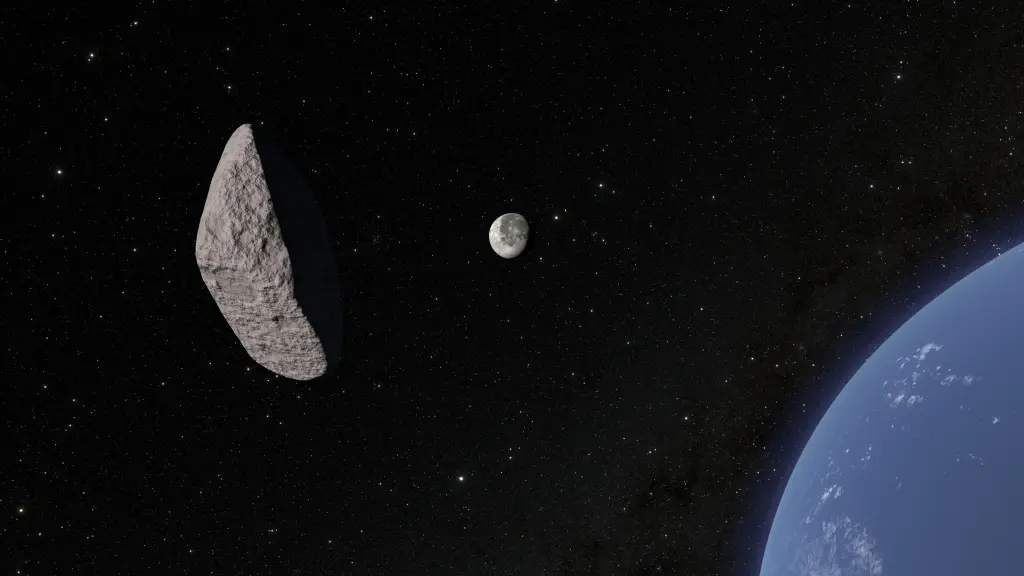


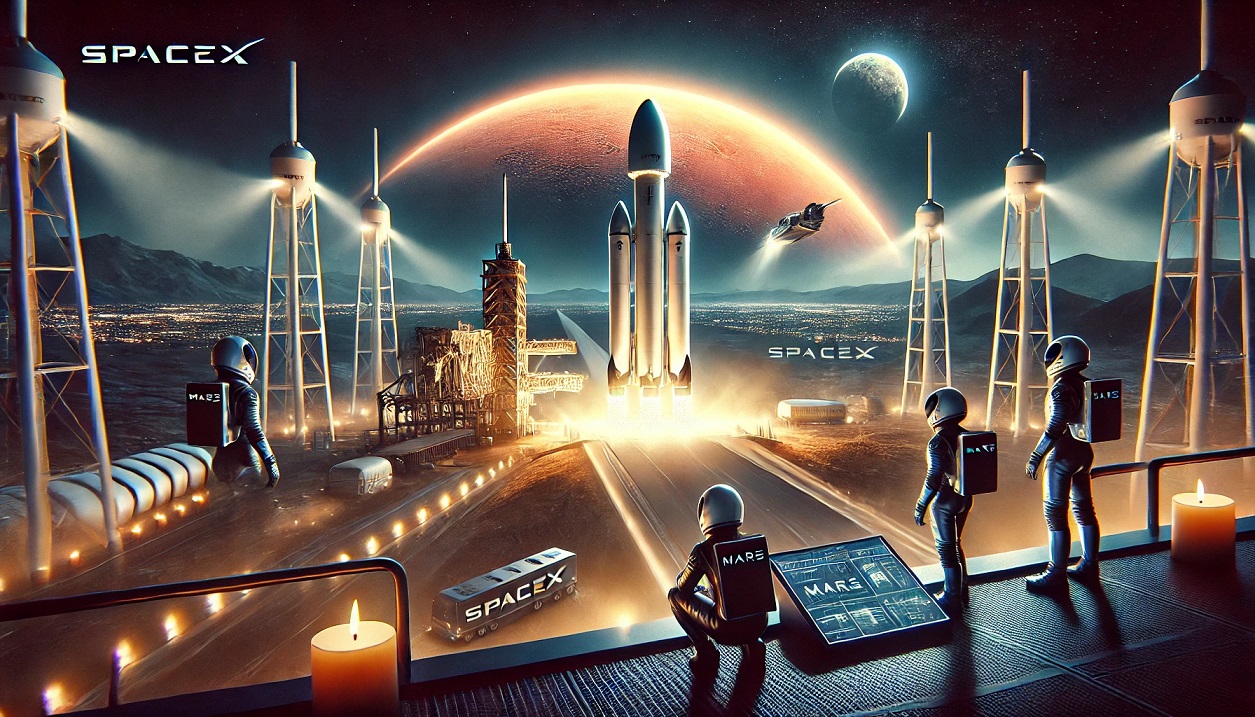



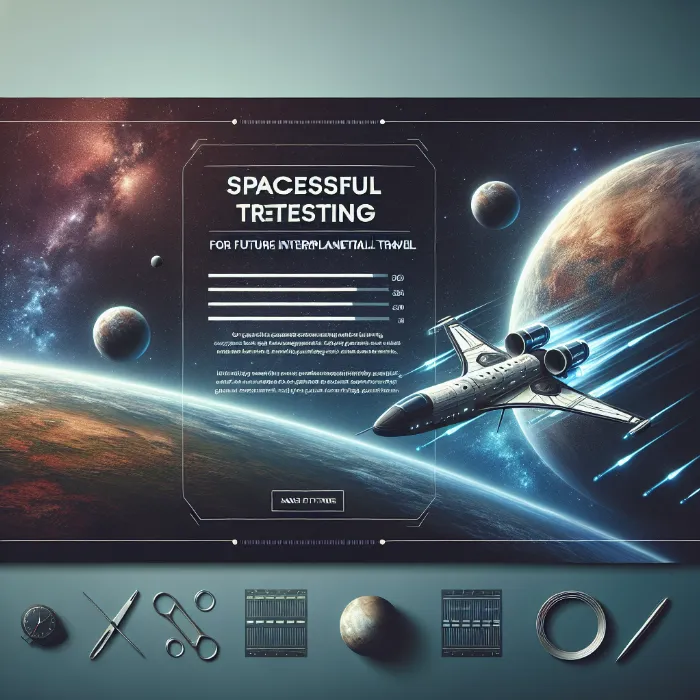


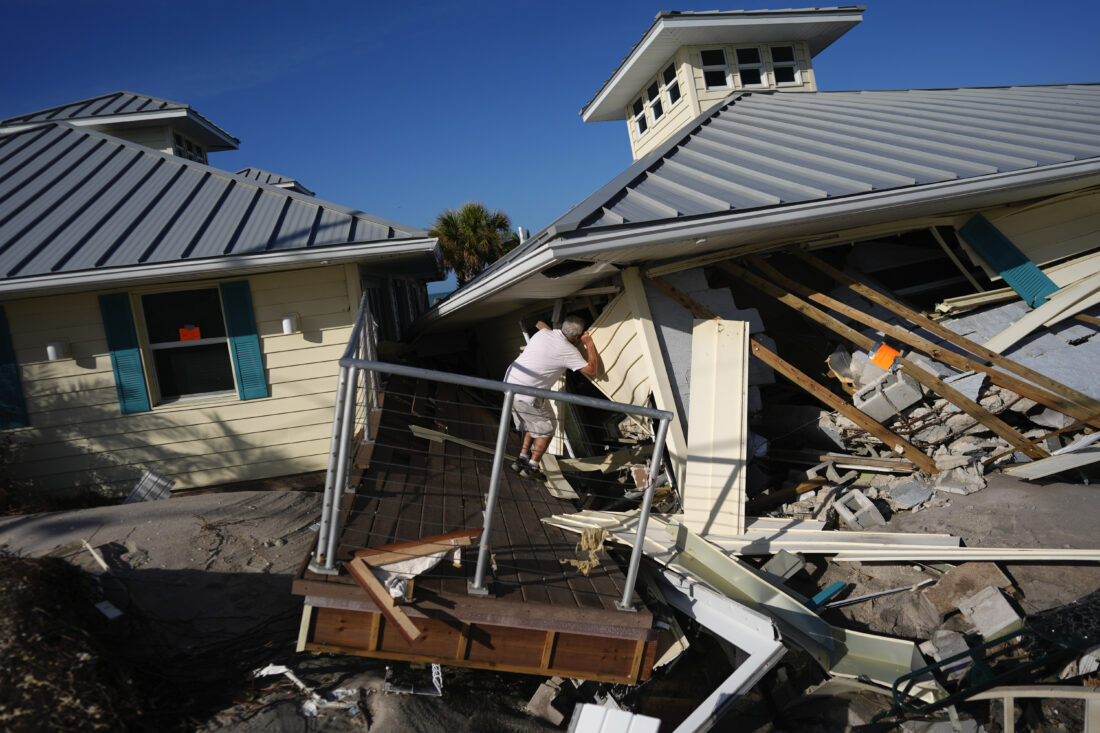
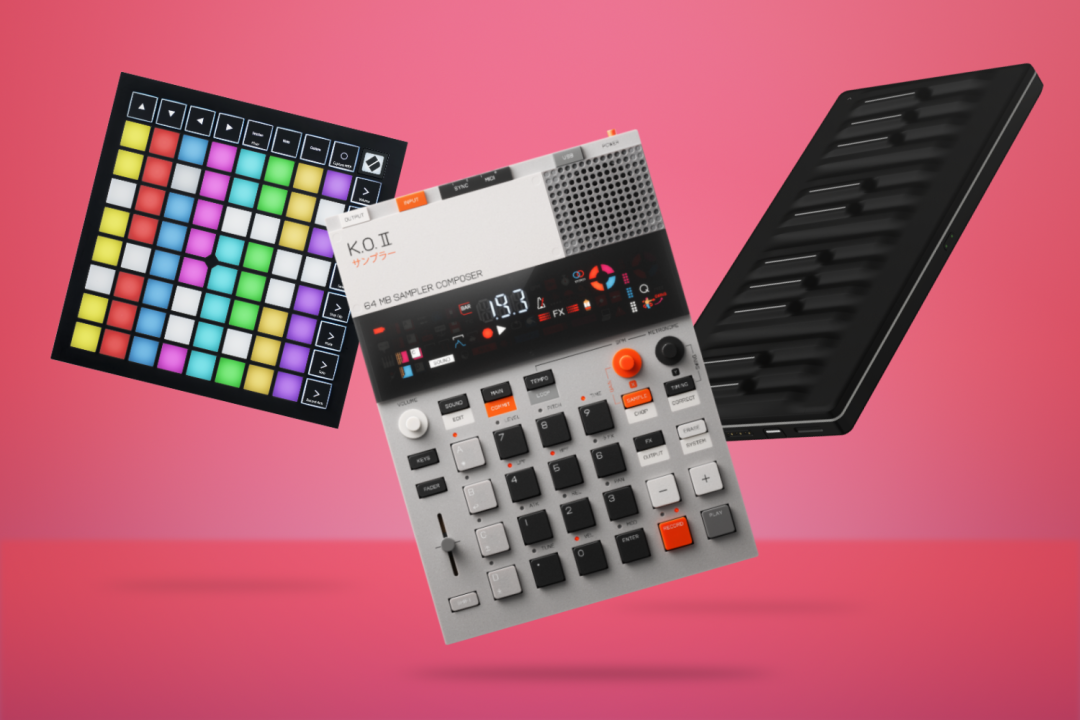




Comments 0